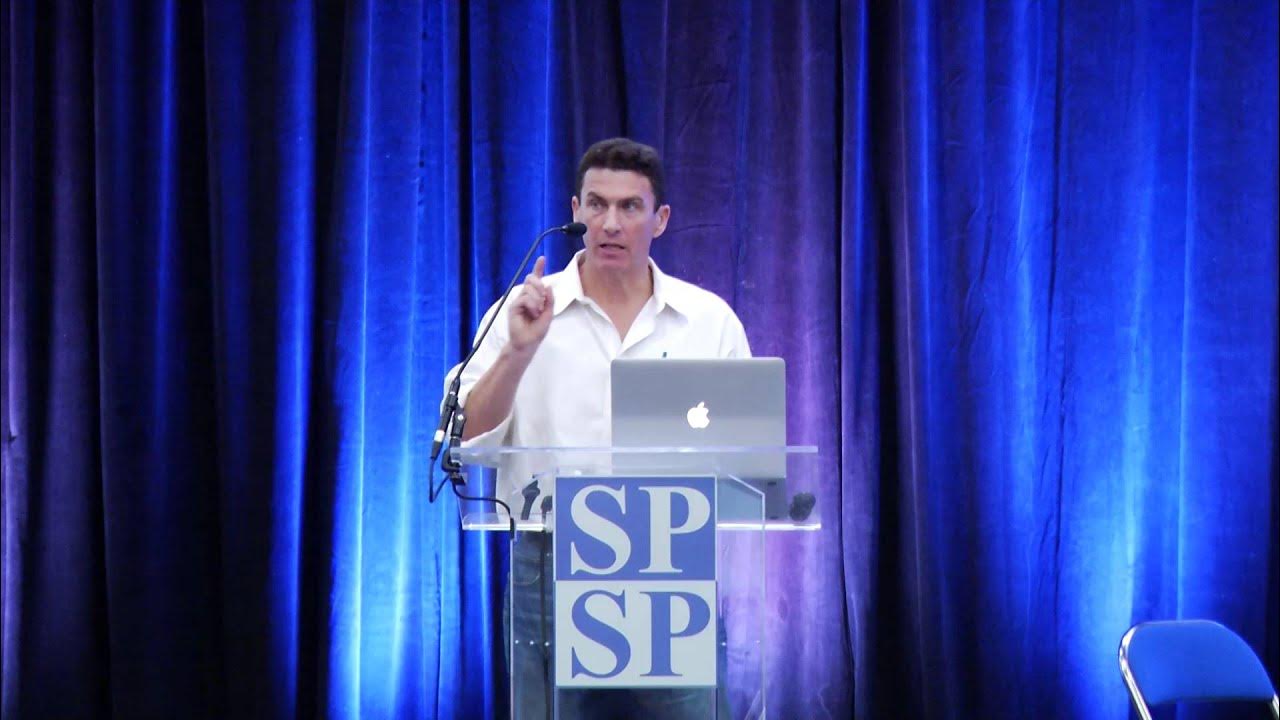The Secret Life of Social Norms | Michele Gelfand, PhD | TEDxPaloAltoSalon
Summary
TLDRThe speaker has spent 30 years studying culture, a powerful yet often invisible force that influences human behavior and societal dynamics. By examining differences between 'tight' cultures, which follow strict norms, and 'loose' cultures, which are more permissive, the speaker explores how these variations affect everything from crime rates to creativity. Tight cultures typically arise in response to threats, whereas loose cultures emerge in less threatened environments. Understanding these dynamics can help improve global relations, foster empathy, and address modern challenges such as populism and social inequality.
Takeaways
- 🧩 Culture is a powerful but invisible force, shaping everything from politics to personal behavior, creating both cooperation and conflict.
- 🧠 Although humanity has achieved great scientific and technical feats, understanding the 'laws of culture' could help us bridge differences and improve society.
- 🌍 The speaker's interest in culture was sparked during a semester abroad in the UK, where travel and cultural differences led to self-reflection.
- ✈️ Exploring different cultures, like in Egypt and the UK, made the speaker realize the profound impact culture has on behavior and personal identity.
- 📜 Tight and loose cultures describe how strictly groups adhere to social norms—tight cultures enforce rules strictly, while loose cultures are more permissive.
- 🔐 Tight cultures, like Japan and Singapore, have more order, security, and self-control, while loose cultures, like New Zealand and Brazil, are more creative and open.
- ⚠️ Cultural tightness often correlates with external threats like natural disasters or conflict—more threat leads to stricter rules and tightness.
- 🇺🇸 In the U.S., tight and loose cultures can even be seen across different states, with the South and Midwest tending to be tighter and the coasts looser.
- 🔄 Neither extreme tightness nor looseness is ideal—a balance between order and freedom (the Goldilocks principle) leads to healthier, happier societies.
- 🤝 Understanding one's own cultural mindset and empathizing with others’ perspectives can help improve relationships and build better communities.
Q & A
What is the main puzzle the speaker has studied for 30 years?
-The speaker has studied culture for 30 years, focusing on its omnipresence, invisibility, and how it affects human cooperation and conflict.
How does the speaker describe culture's impact on society?
-Culture influences everything from politics to parenting, from nations to neurons, making it a powerful but often unnoticed force in shaping human behavior.
Why did the speaker shift from pursuing medicine to studying cross-cultural psychology?
-The speaker experienced culture shock during a semester abroad in the UK, which led to a realization of the powerful influence of culture. This inspired the speaker to study it more deeply through a PhD in cross-cultural psychology.
What is the difference between 'tight' and 'loose' cultures?
-Tight cultures have strong social norms and strict punishment for deviance, while loose cultures are more permissive with weaker norms and fewer punishments for breaking them.
How do tight and loose cultures handle threats differently?
-Tight cultures typically have more external threats, such as natural disasters or human conflict, and rely on stricter rules to maintain order. Loose cultures, facing fewer threats, are more relaxed and tolerant of deviations from norms.
What trade-offs exist between tight and loose cultures?
-Tight cultures have more order, security, and self-control, with lower crime rates and more uniformity. Loose cultures are more creative, open to different ideas and people, but may face more disorganization and self-regulation issues.
Why do tight cultures tend to have less crime?
-Tight cultures enforce strict social norms and have stronger law enforcement, which results in more order and less criminal activity.
What is the 'Goldilocks principle' of tightness and looseness?
-The Goldilocks principle suggests that a balance between tightness and looseness is optimal. Cultures that are too extreme in either direction face challenges, with overly loose cultures becoming chaotic and overly tight cultures becoming oppressive.
How does social class relate to tight and loose cultures?
-Working-class people tend to live in tighter cultures with more rules due to greater perceived threats, while the upper class, experiencing fewer threats, live in looser cultures with more rule-breaking and tolerance.
How does the speaker suggest we use the tight-loose framework in everyday life?
-The speaker suggests understanding our own mindsets regarding tightness and looseness, cultivating empathy for others with different mindsets, and harnessing social norms to improve society by balancing tightness and looseness where necessary.
Outlines

This section is available to paid users only. Please upgrade to access this part.
Upgrade NowMindmap

This section is available to paid users only. Please upgrade to access this part.
Upgrade NowKeywords

This section is available to paid users only. Please upgrade to access this part.
Upgrade NowHighlights

This section is available to paid users only. Please upgrade to access this part.
Upgrade NowTranscripts

This section is available to paid users only. Please upgrade to access this part.
Upgrade NowBrowse More Related Video

Psikologi Harus Mempelajari Mitos/Hantu/Klenik/Folklor, Mengapa?

The power and influence of testosterone

como a arte controla sua vida? (e você nem percebe!) -Estética, Política e Manipulação! - EP. 01

Emotional & Invisible labour - Why Women Are Fed Up & Tired

Kenapa Orang Jepang Pekerja Keras? Karena Gak Enakan? Produktivitasnya Rendah! |Learning By Googling

Joe Henrich - The Secret of Our Success
5.0 / 5 (0 votes)